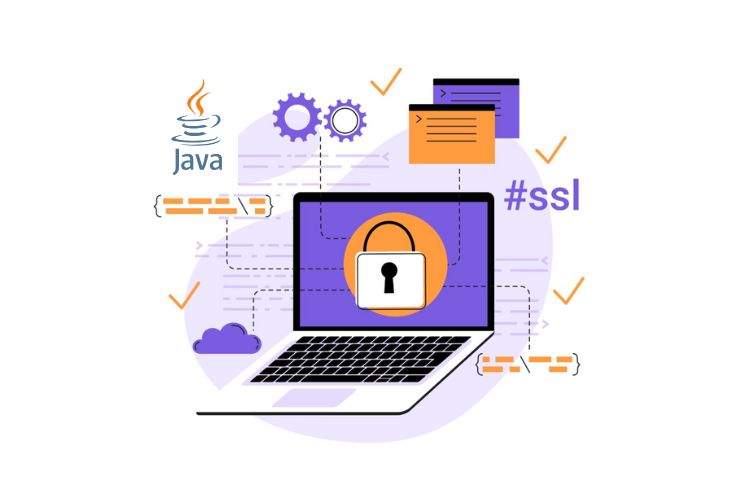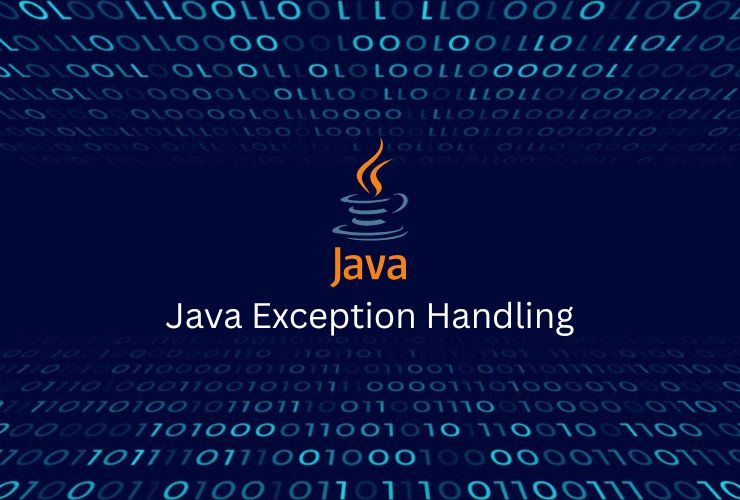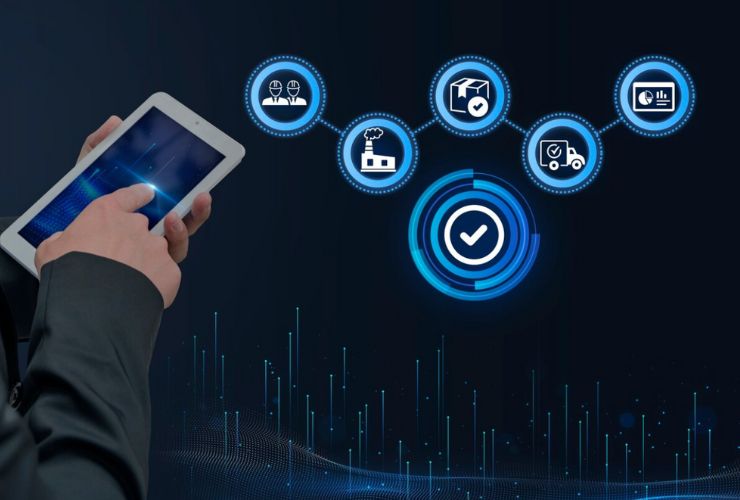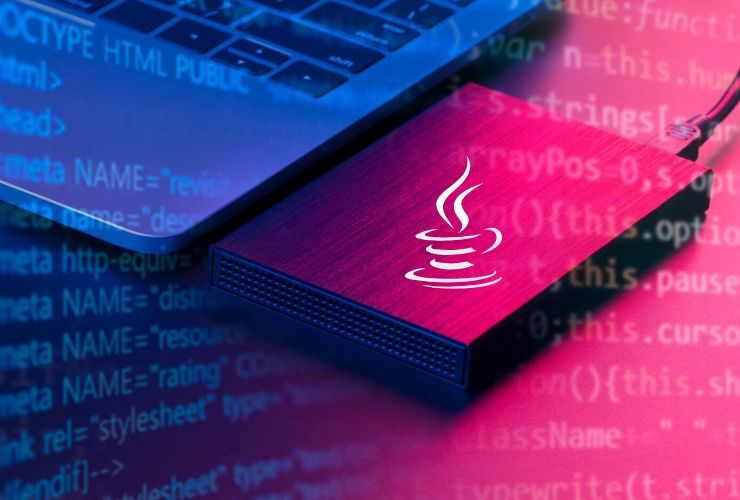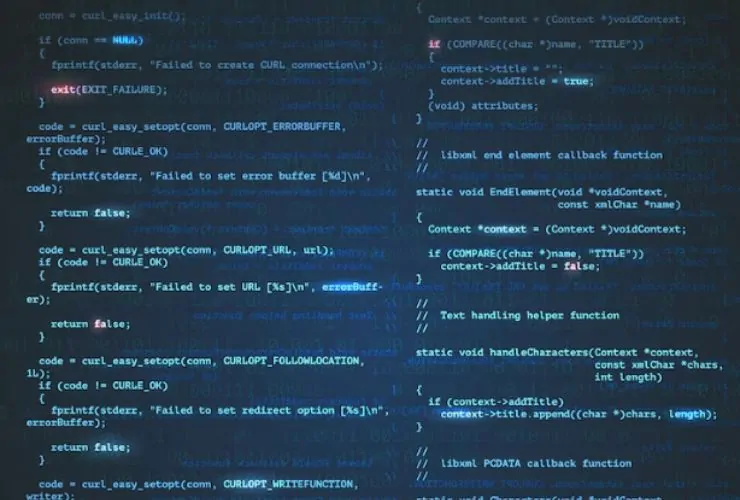In a world that prioritizes digital first, application security is more crucial than ever. As cyber threats continue to grow more complex, developers must do more than write functional code. They will need to focus on building secure Java applications. Because Java runs million of enterprise applications, it is essential to make sure that its security is considered at every step of the application programming lifecycle.
This blog offers the foundational principles, practices, and tools for secure Java development, as well as the enterprise specific focus to ensure compliance, scalability, and resilience in mission critical environments.
The Importance of Security in Java Development
Java is widely used across a plethora of industries, including enterprise IT, finance, healthcare, e-commerce, and governmental systems—all industries needing assurance of data security. A single exploited vulnerability can put sensitive data at risk, disrupt services, or even lead to regulatory and legal repercussions.
Weak coding practices can expose applications to risks such as:
- SQL Injection – malicious queries aimed to access, alter, or expose databases.
- Cross-Site Scripting (XSS) – injection of query strings and/or tags into web pages that are viewed by other users.
- Broken Authentication – flawed or compromised login systems that might lead to unauthorized access to sensitive data.
- Insecure Deserialization – attackers exploiting Java object serialization to compromise sensitive data.
- Misconfigured Security Headers – Applications without security headers leave themselves vulnerable to session hijacking for data exfiltration.
When developers focus on implementing security-by-design principles, they do lessen the risks associated with having instant access to sensitive data during runtime, ultimately providing a more reliable application over the long-term.
Essential Concepts for Secure Java Development
1. Input Validation & Sanitization
- Always validate and sanitize user inputs.
- When interacting with a database, use parameterized queries or ORM frameworks such as Hibernate to shield against SQL injection.
- If building forms, validate with a whitelist on form inputs and query parameters.
2. Secure Authentication & Authorization
- Store passwords using secure hashing and salting algorithms such as BCrypt, PBKDF2, or Argon2.
- In critical enterprise applications, utilize multi-factor authentication (MFA).
- Utilize Spring Security or Apache Shiro for access control mechanisms, implementing role-based permissions, and SSO (single sign-on) capabilities.
3. Data Encryption
- Use TLS/SSL protocols to secure data in transit.
- When deploying sensitive data at rest, encrypt that data using a suitable algorithm such as AES, or RSA, through the javax.crypto package.
- If managing data encryption, consider utilizing Java KeyStore (JKS) or an enterprise solution such as HashiCorp Vault to support key management for sensitive data encryption in Java.
4. Error Handling & Logging
- Do not expose stack traces, or any details about system specifics, to end users.
- Use centralized logging (Logback, SLF4J, Log4j2) for efficient monitoring tools.
- When logging, consider anonymizing, or masking sensitive data before logging, to comply with handling sensitive data.
5. Secure Session Management
- Implement session expiration policies. Ensure that temporary sessions are auto-logged out when a session is actor inactive period.
- When implementing session management use secure, HttpOnly, SameSite cookies to prevent session hijacking.
- Use a session management library to automatically rotate credentials and/or invalidate a session when a user logs out, or when a user’s privileges changed.
6. Dependency & Library Management
- Maintain up-to-date dependencies when using someone else’s library for security. By using the library, or dependency you are introducing a potential security vulnerability.
- Opt for well-maintained libraries, with good documentation, and be sure to make sure their maintainers are actively updating them.
Tools & Frameworks for Secure Java Development
- Spring Security – A full-featured security framework for authentication, authorizations, and CSRF protection.
- Apache Shiro – A security framework that is both lightweight and effective.
- OWASP ESAPI – Security functions for encoding, validation, and cryptography, designed for reuse.
- Keycloak – Enterprise class identity and access management located at the intersection of OAuth2 and OpenID Connect.
- JWT (Java Web Tokens) – secure token based authentication for API’s and microservices.
Best Practices for Enterprises
1. Adopt DevSecOps Practices
- Security testing should be a part of every CI/CD pipeline.
- Use automated vulnerability scans prior to deployment.
- Implement shift-left by including security checks early in the development process.
2. Retrain and Upskill Development Teams
- Developers should be regularly trained on vulnerable code, per OWASP specified top 10 vulnerabilities.
- Security workshops and hackathons should be conducted to help learn developer weak spots.
3. Continuous Security Testing
- Regular penetration testing and vulnerability scanning is imperative.
- Use tools like Burp Suite, OWASP ZAP, and Nessus to simulate real-life attack scenarios.
4. Ensure Product or Service is In Compliance
- In addition to security, compliance with a suitable framework is important (GDPR, HIPAA, PCI-DSS, ISO 27001).
- Retaining audit logs and policies regarding data access is part of compliance.
- Exhibit privacy-by-design principles when handling personal information.
The Future of Secure Java Development
As security threats become sophisticated, so too must security practices. Future-ready organizations are expected to:
- Leverage AI-driven security for real-time threat identification in Java applications.
- Implement Zero Trust concepts for access management.
- Move to cloud-native security solutions in Kubernetes and containerized Java deployments architectures.
- Adopt confidential computing to secure workloads at the hardware level.
Final thoughts
Writing secure Java applications is not an event, but an ongoing commitment that includes vigilance, best practices, and using modern tools. Enterprises can defend against an increase in threats to their applications by focusing on input validation, encryption, secure authentication, session management, and DevSecOps practices.
In a time of data breaches and eroding trust with customers, writing Java applications based on security-first principles not only protects customers’ sensitive data but can also be a competitive advantage in the digital economy.

